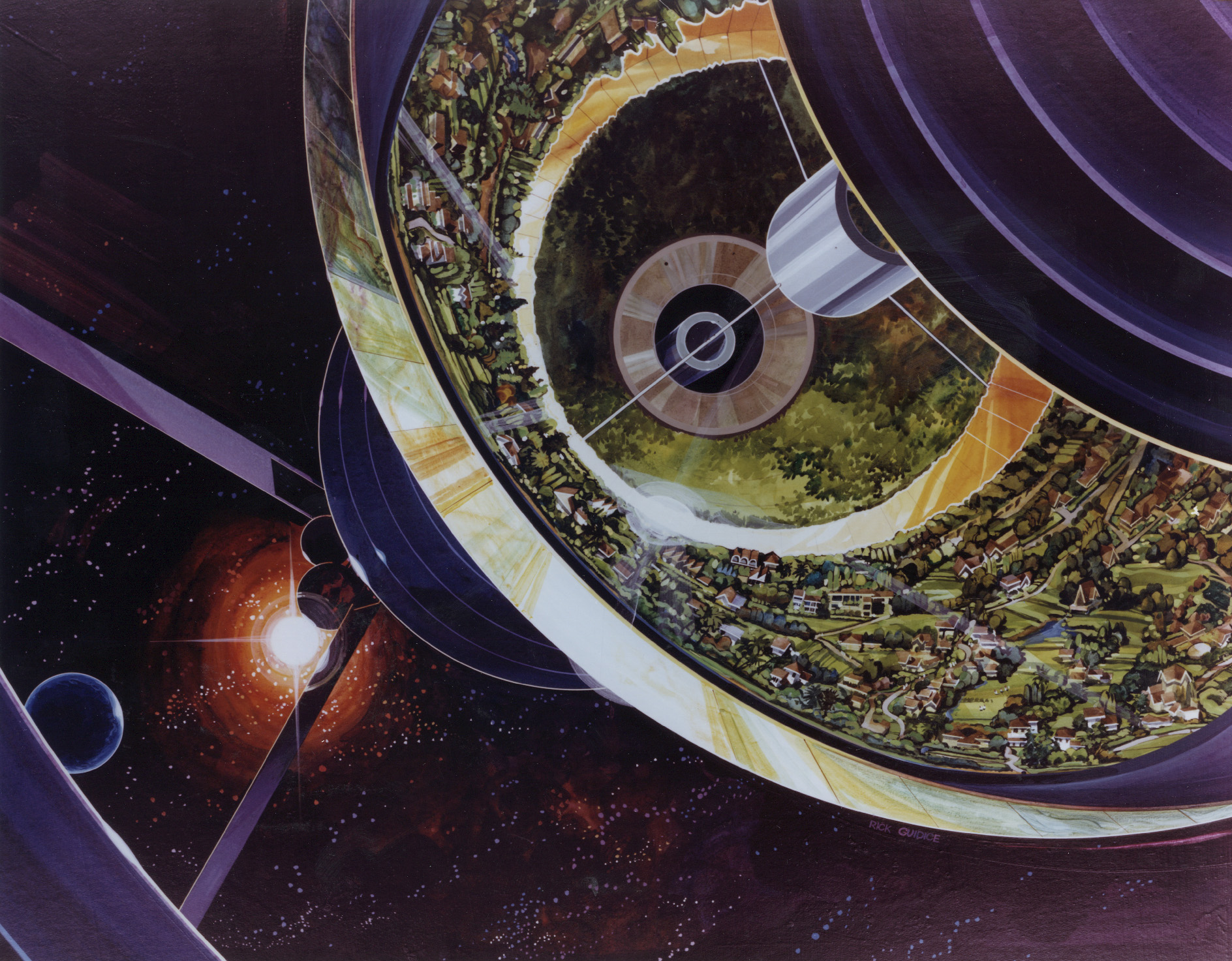
The European Space Agency (ESA) on October 24 initiated their Second Space Resources Challenge. The Space Resources Challenge is an initiative aimed at stimulating innovation in the field of in-situ resource utilization (ISRU) for lunar and potentially other planetary bodies’ development. Launched in partnership with the Luxembourg Space Agency and their joint European Space Resources Innovation Centre (ESRIC), the competition encourages participants from various backgrounds—including students, startups, and established companies—to develop technologies that can collect, process, and utilize resources on the Moon. The challenge focuses on extracting valuable resources like oxygen for human life support and rocket fuel, as well as metals for construction, from lunar regolith. By fostering a competitive environment, ESA seeks to advance technologies that could reduce the dependency on Earth-supplied materials, thereby making long-term lunar missions more economically viable. The competition not only aims to develop new ISRU technologies but also to build a community of innovators interested in the value of space resources, potentially leading to commercial opportunities in the burgeoning space economy.
Launched on October 24, the second Challenge will focus on extraction and beneficiation of lunar regolith, critical steps in establishing a sustainable human presence on the lunar surface. Teams have until February 20th 2025 to submit proposals. Competition winners can claim €500K for the best performing team and will be awarded a development contract for a feasibility study. A second place prize worth €250K will be awarded to the best team in the category of beneficiation.
The first Challenge, which targeted resource prospecting, took place in 2021 and featured a competition between robotic protypes in ESA’s Lunar Utilisation and Navigation Assembly (LUNA) facility, an advanced research and simulation center designed to support Europe’s efforts in lunar exploration. Located within ESA’s European Space Research and Technology Centre (ESTEC) in the Netherlands, LUNA serves as a testing ground for technologies and systems intended for lunar missions. The facility includes a moon-like environment where various aspects of lunar landing, operations, and human habitation can be simulated.
The Second Resource Challenge will focus on:
- Extraction: The collection, hauling and handling of lunar regolith. In LUNA this will be modeled using lunar simulant, which mimics the Moon’s soil. The problem to be solved in this area of the challenge involves designing robotic systems that can collect and transport material efficiently in the harsh lunar environment.
- Beneficiation: a term adapted from the terrestrial mining industry, is the process whereby the economic value of an ore is improved by removing the gangue minerals, resulting in a higher-grade product. In the context of ISRU on the Moon, beneficiation will convert regolith into a suitable feedstock through particle sizing and mineral enrichment, preparing it for the next step in the value chain. On the Moon the next process could be extracting valuable resources like oxygen for life support and rocket fuel, and metals for construction or manufacturing, which will be essential for sustaining a long-term human presence on the Moon.
The technology development program will award the teams with the most innovative robotic systems that exhibit autonomy, durability, efficient handling and processing of regolith in the extreme conditions of vacuum, temperature extremes and dust expected in the lunar environment.
Alignment with Strategic Roadmap:
The Second Space Resources Challenge is a pivotal part of ESA’s Space Resources Challenge strategic roadmap to build out the ISRU Value Chain. The next phase of the program will focus on “Watts on the Moon”, i.e. reliable surface power sources for lunar operations. Subsequent phases will develop ISRU applications including extraction of oxygen and water for life support and rocket fuel, with the goal of sustainable in situ factories in the 2030s providing resource supply chains for settlements and the cislunar economy. Integrated systems downstream in the Value Chain, such as Pioneer Astronautics’ (now part of Voyager Space) Moon to Mars Oxygen and Steel Technology (MMOST) application to produce oxygen and metallic iron/steel from lunar regolith, are already under development.

The Second Space Resources Challenge competition is a critical forward-thinking step in ESA’s plans for space development. By concentrating on the extraction and beneficiation of lunar regolith, ESA is not only preparing for the logistics of long-term lunar habitation but also setting a precedent for how future space missions might operate autonomously and sustainably. This challenge underscores ESA’s commitment to innovation, sustainability, and the strategic use of space resources, paving the way for humanity’s next steps in the settlement of the Moon and other worlds in the Solar System.


